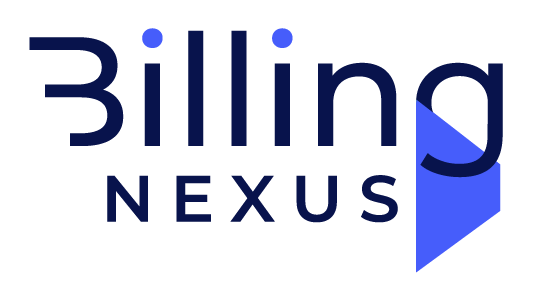5 Key Trends in Medical Billing to Watch in 2024
The field of medical billing is constantly evolving, shaped by advancements in technology, regulatory updates, and changing patient expectations. For healthcare providers, staying informed about emerging trends is crucial for maintaining efficiency, compliance, and financial success.
As we step into 2024, this blog explores the five most impactful trends transforming the medical billing landscape and how providers can adapt to remain competitive.
Trend 1: Increased Adoption of AI and Automation
Artificial Intelligence (AI) and automation continue to revolutionize medical billing processes. From error detection to claim submissions, these technologies streamline workflows and reduce human intervention.
Key Benefits of AI in Medical Billing:
- Error Reduction: Automated systems flag coding errors before claim submission, decreasing denial rates.
- Faster Turnaround: AI expedites claims processing, improving cash flow.
- Cost Savings: Reduces the administrative burden, allowing staff to focus on other tasks.
Practical Applications:
- AI-driven tools for claim scrubbing and coding assistance.
- Automated reminders for patient payments and overdue accounts.
Example: A clinic using AI-powered billing software saw a 25% decrease in denied claims in just six months.
Trend 2: Focus on Patient-Centric Billing
In 2024, patient-centered billing practices are becoming a priority. With rising healthcare costs, patients expect transparency and flexibility in billing.
What Patient-Centric Billing Involves:
- Clear Communication: Simplified bills that patients can easily understand.
- Transparent Pricing: Providing cost estimates before procedures.
- Flexible Payment Options: Offering installment plans or digital payment solutions.
Why It Matters:
- Improves patient satisfaction and trust.
- Encourages prompt payments, reducing outstanding balances.
Insight: A survey revealed that 68% of patients are more likely to pay bills on time if they understand the charges.
Trend 3: Enhanced Cybersecurity Measures
As the medical billing process relies heavily on digital systems, cybersecurity has become a top concern. Healthcare providers face increasing threats from data breaches and ransomware attacks, necessitating robust security measures.
Key Security Enhancements in 2024:
- Multi-Factor Authentication (MFA): Adds an extra layer of security for billing platforms.
- Encryption Protocols: Protect sensitive patient and financial data during transmission.
- Regular Audits: Ensures compliance with HIPAA and other data protection regulations.
The Cost of Inaction:
A single data breach can cost a practice millions in fines and lost reputation. Investing in security measures is no longer optional.
Stat: Cyberattacks on healthcare rose by 25% in 2023, highlighting the urgency for preventive actions in 2024.
Trend 4: Value-Based Billing
The transition to value-based care (VBC) is reshaping medical billing by aligning reimbursement models with patient outcomes rather than the volume of services provided.
Features of Value-Based Billing:
- Quality Metrics: Payments depend on achieving specific health outcomes.
- Bundled Payments: Combining related services into one payment package.
- Focus on Preventive Care: Encourages early interventions to reduce long-term costs.
Impact on Billing:
Billing systems must adapt to handle complex metrics and payment structures associated with VBC.
Example: A practice adopting value-based billing improved patient retention by 15% and saw an increase in bonuses from payers.
Trend 5: Integration of Blockchain Technology
Blockchain is emerging as a transformative technology in medical billing, offering unparalleled transparency, security, and efficiency.
How Blockchain Enhances Medical Billing:
- Immutable Records: Prevents data tampering, ensuring accurate claim histories.
- Smart Contracts: Automates payment processes based on pre-defined conditions.
- Interoperability: Facilitates seamless data exchange between providers and payers.
Challenges to Adoption:
While blockchain holds promise, widespread adoption is hindered by high implementation costs and a lack of standardization.
Future Outlook: By the end of 2024, industry leaders predict a 20% increase in blockchain-based billing systems.
Preparing for the Future of Medical Billing
1. Embrace Technology
Invest in AI-driven and blockchain-enabled billing systems to stay competitive.
2. Train Your Staff
Provide training on value-based billing, cybersecurity, and patient-centered practices.
3. Partner with Experts
Collaborate with experienced billing companies to navigate complex trends like value-based care and regulatory changes.
4. Stay Compliant
Keep up with evolving laws and standards, such as HIPAA updates and CMS policies.
Conclusion
The medical billing landscape in 2024 is characterized by rapid technological advancements, a shift toward patient-centric approaches, and a heightened focus on security and compliance. Providers who adapt to these trends will enhance efficiency, reduce costs, and improve patient satisfaction.
By staying ahead of the curve, your practice can thrive in an increasingly competitive healthcare environment.

